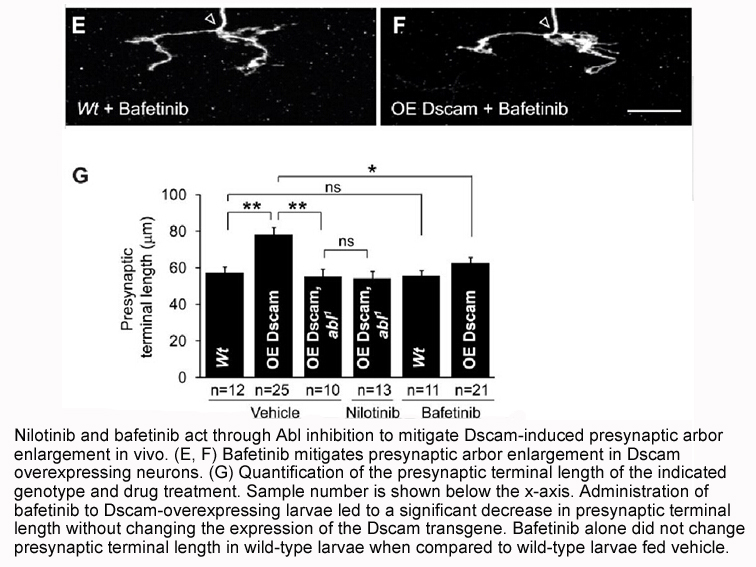Archives
Western blotting Western blotting was
Western blotting: Western blotting was performed following the standard protocol as previously described [16]. All the images were collected using the Odyssey Fc imaging system (Li-COR Biosciences).
In vitro kinase assays were performed on ∼1 μg of purified CDK5/p35 complex in 30 μL of kinase buffer (50 mM HEPES pH 7.4, 1 mM DTT, 10 mM MgCl2, 5 mM ATP and phosphatase Inhibitors) at 30 °C for 2 h. The samples were electrophoretically separated followed by staining with Instant Blue. The CDK5 band was excised and sent to MS Bioworks (Ann Arbor, MI) to be analyzed using their Post Translational Modification (PTM)-Profiling service.
Co-immunoprecipitation Assay: Cos7 pkm2 co-transfected with CDK5 (WT, D144N, S47A or S47D) and p35 constructs were lysed in the immunoprecipitation buffer (25 mM HEPES pH 7.4, 0.5% Triton X-100, 2 mM DTT, 150 mM NaCl, 10 mM MgCl2, protease and phosphatase Inhibitors) on ice. The cleared cell lysates were incubated with 1 μg of anti-rabbit p35 antibody overnight at 4 °C followed by incubation with 20 μL of Protein A Sepharose beads for 1 h at 4 °C. The beads were then washed, eluted and analyzed by western blotting.
Shrimp Alkaline Phosphatase (SAP) Assay: Lysates of Cos7 cells co-expressing p35 and CDK5 (WT or D144N) were immunoprecipitated as described above except after incubation the Protein A sepharose beads were washed thrice with the immunoprecipitation buffer without the phosphatase inhibitors, resuspended in 300 μL of 1× Cut-Smart Buffer (NEB) and distributed evenly into three microcentrifuge tubes. The beads were incubated at 37 °C for 15 min either without, with SAP (0.5U/μl) or with SAP and EDTA (50 mM). After incubation, the beads were eluted and analyzed by western blotting.
Scratch Wound Healing Assay. Cells expressing p35 and CDK5 (WT, S47A or S47D) were grown to ∼90% confluency. Cells were starved in reduced serum medium (DMEM containing 0.2% FBS) overnight before the day of wounding and were maintained in reduced serum medium throughout the remainder of the experiment. The wound was made by scratching the center of the plate with a sterile tip. Images were captured using the Leica DM IRB Inverted Modulation Contrast Microscope (Leica Microsystems). To quantify cell migration, images were analyzed using ImageJ (NIH) to calculate the % wound closure at 40 h post-scratching.
Immunofluorescence Microscopy: Cells expressing p35 and CDK5 (WT, S47A or S47D) were fixed with 4% paraformaldehyde and permeabilized (0.2% TX100 in PBS) for 20 min at room temperature. Cells were then blocked (1% BSA and 0.2% TX100 in PBS) followed by subsequent incubations with the primary (anti-phospho Histone H3; 1:500 dilution in the blocking buffer) and secondary antibody. Cells were mounted on glass slides using the ProLong Gold Antifade Mountant with DAPI. Images were taken using the Olympus IX81 inverted confocal microscope with the 40× oil immersion objective. The images were analyzed using ImageJ.
Statistical Analysis: All graphical data were prepared and statistical analyses were performed using GraphPad Prism. Statistical significance between the differences of means was determined by performing a One-way Analysis of Variance followed by the Bonferroni\'s post-hoc test.
Results
CDK5 is phosphorylated in an activation-dependent manner: Reversible phosphorylation is a key regulatory mechanism to control kinase activity. In this study, we wished to identify specific sites and study phosphoregulation of CDK5. Since phosphorylation is known to retard electrophoretic mobility of modified proteins, we first determined i f we could detect phosphomodified CDK5 in cell lysates using a mobility shift based western blot. Cos7 cells were transfected with CDK5 - either WT or D144N (catalytically inactive) mutant with or without its cognate activator, p35. Cos7 cells do not have detectable levels of endogenous p35, therefore, they serve as an excellent system to control CDK5 activation by simply including or omitting p35 from the transfections [17]. Cells were lysed 48 h post-transfection and lysates were analyzed by western blotting. As shown in Fig. 1A, when expressed without p35 (lanes 1 and 3), both WT and D144N CDK5 were detected as a single band. D144N CDK5 also showed a single band even in the presence of p35 (lane 4). In contrast, WT CDK5 showed slower migrating bands in addition to the main band when co-expressed with p35 (lane 2) suggesting that CDK5 is post-translationally modified in a p35
f we could detect phosphomodified CDK5 in cell lysates using a mobility shift based western blot. Cos7 cells were transfected with CDK5 - either WT or D144N (catalytically inactive) mutant with or without its cognate activator, p35. Cos7 cells do not have detectable levels of endogenous p35, therefore, they serve as an excellent system to control CDK5 activation by simply including or omitting p35 from the transfections [17]. Cells were lysed 48 h post-transfection and lysates were analyzed by western blotting. As shown in Fig. 1A, when expressed without p35 (lanes 1 and 3), both WT and D144N CDK5 were detected as a single band. D144N CDK5 also showed a single band even in the presence of p35 (lane 4). In contrast, WT CDK5 showed slower migrating bands in addition to the main band when co-expressed with p35 (lane 2) suggesting that CDK5 is post-translationally modified in a p35  i.e. activation dependent manner. p35 is also a substrate for CDK5 [17] and it showed a broader/more smeared band (suggestive of its phosphorylation) when co-expressed with WT but not D144N CDK5 further confirming that WT CDK5 was activated in the presence of p35.
i.e. activation dependent manner. p35 is also a substrate for CDK5 [17] and it showed a broader/more smeared band (suggestive of its phosphorylation) when co-expressed with WT but not D144N CDK5 further confirming that WT CDK5 was activated in the presence of p35.